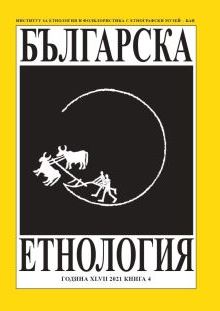
We kindly inform you that, as long as the subject affiliation of our 300.000+ articles is in progress, you might get unsufficient or no results on your third level or second level search. In this case, please broaden your search criteria.

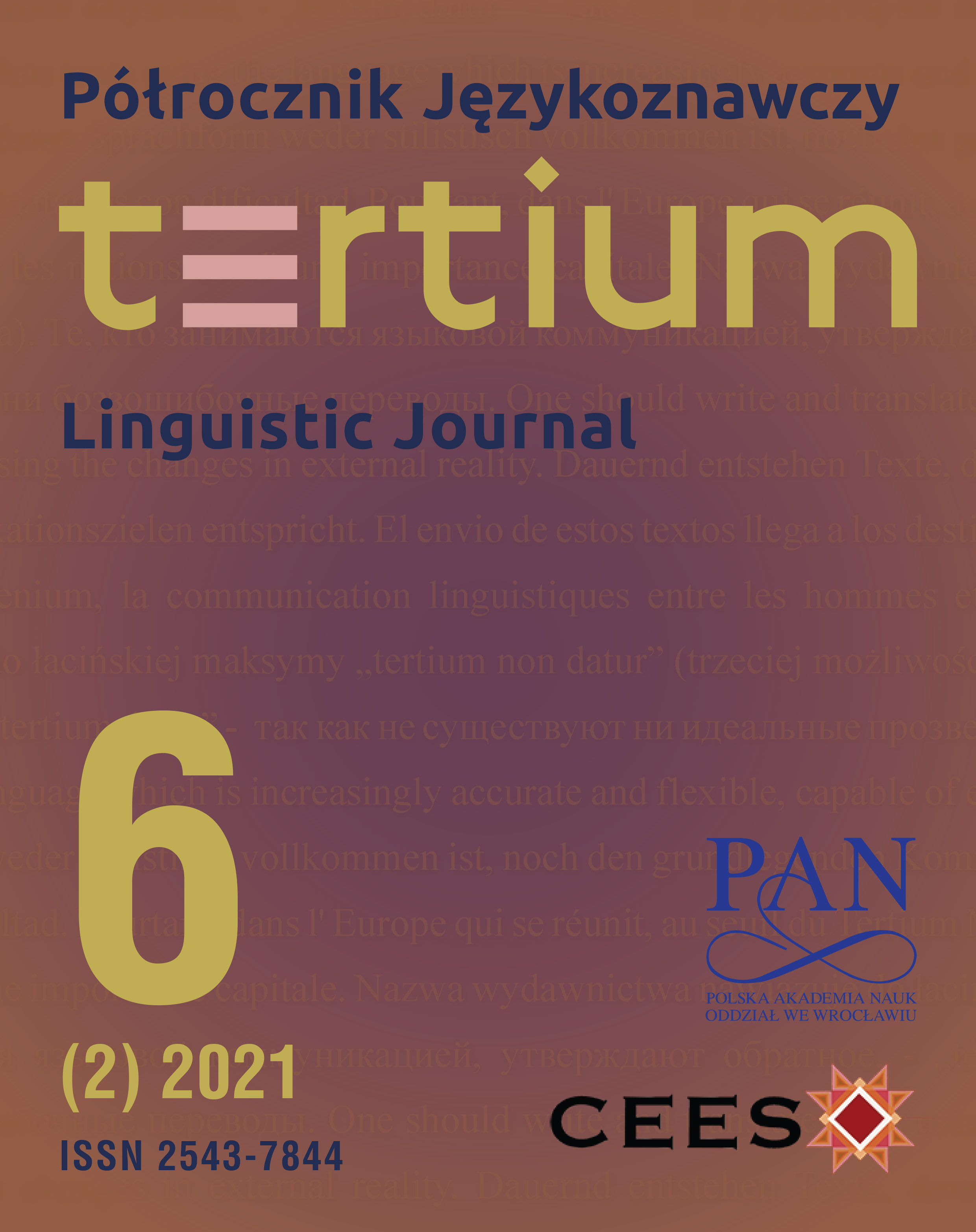
The paper attempts to analyse the international success of the Danish televisual series Rita (TV2 Denmark - Netflix, 2012–2020). It places the production in a wider cultural and historical context and treats it as an exemplification of, what the author deems, a recent shift in representations of teachers in visual media narratives. The author’s argumentation is premised on three principal assumptions. First, Rita demonstrates that after the genre’s decline at the turn of the twentieth century, the school-centred audio-visual narratives are back in favour. The trend is connected to the growth of the post-network television and the so-called over-the-top services (OTT). Second, the substantial part of Rita’s wide appeal is related to the show’s innovative application of the conventions known from the earlier Scandinavian productions and themes from serials about “difficult women”. This particularly concerns the show’s adept exploration of the resilient and anti-heroic female lead character. Third, Rita is regarded as an early indication of the shift in the ways school life and teachers are represented in the media today. The author stipulates that the show may augur the emergence of many similar complex televisual images of teachers in the near future.
More...
Obiektem bliższej obserwacji w niniejszym artykule jest językowa analiza niemieckich kawałów (dowcipów) jako krótkich form humorystycznych, w szczególności analiza zawartych w nich „nieporozumień” językowych, które są strategicznym wyróżnikiem gatunkowym tych tekstów. Ich głównym zadaniem jest zażartowanie z kogoś i rozśmieszenie innych. Przeprowadzona analiza lingwistyczna „nieporozumień” językowych porusza różne aspekty komunikacyjne osadzone w perspektywie społecznej: zarówno pragmatykę komunikacji międzykulturowej, kreatywność w komunikacji wewnątrzkulturowej, jak i humor w kulturze i komunikacji. Materiał badawczy wykorzystany do niniejszej analizy tworzy korpus utworzony z ponad 400 niemieckich kawałów pochodzących z różnych źródeł, w większości zaczerpniętych ze zbiorów internetowych. Celem niniejszego opracowania jest zaprezentowanie różnych perspektyw badawczych i analiza językowych mechanizmów służących tworzeniu „nieporozumień” językowych na podstawie wprowadzonych 13-tu kategorii opisujących bliżej gatunek tekstu ‘kawał’ z uwzględnieniem niemieckiej specyfiki kulturowej. // The main subject of this article is the linguistic analysis of German jokes as the short humorous formats, emphasis is placed on the analysis of various language-related “misunderstandings” found in these jokes, whose are strategic genre differentiator of these texts. Their main function is to make fun of someone and to make others laugh. The analysis of these language-related “misunderstandings” raises various communicative issues that are rooted in the social perspective, such as: pragmatics of intercultural communication, creativity in intracultural communication, or humour in culture and in communication. The research material used for this analysis is composed of over four hundred German jokes coming from various sources, with the largest number of texts from internet sources. The aim of this publication is to present various research perspectives and to analyse linguistic mechanisms used in the creation of language-related “misunderstandings” on the basis of thirteen categories that describe the genre ‘joke’ considering the German cultural specificity.
More...
Celem artykułu jest analiza treści (postów, memów) publikowanych przez administratora społeczności wirtualnej „The Language Nerds” w serwisie społecznościowym Instagram, a także wybranych, powiązanych z nimi komentarzy zamieszczanych przez członków społeczności zarówno na Instagramie jak i Facebooku. Badanie jest próbą odpowiedzi na pytanie, jakiego typu treści stanowią zasadnicze spoiwo grupy. W tym celu dokonana została klasyfikacja postów w oparciu o wyróżnione w procesie ich kreowania dominanty funkcjonalne. Wyodrębniono sześć zasadniczych klas: 1. memy o dominującej funkcji humorystycznej, 2. zagadki logicznojęzykowe, 3. posty kreowane w oparciu o specyfikę obrazowania pojęć w danym języku (językowy obraz świata), 4. posty o dominującej funkcji metajęzykowej, 5. posty o dominującej funkcji prezentatywnej (charakteryzujące prototypowego członka grupy własnej), 6. posty o charakterze wypowiedzi argumentacyjnych. Następnie każda z klas została szczegółowo opisana i zilustrowana wybranymi przykładami spośród 220 przebadanych postów. Zawartość treściowa wszystkich wyróżnionych klas wskazuje, że zasadniczym czynnikiem integrującym społeczność jest język, przy czym istotna jest wykazana w badaniu różnorodność perspektyw jego wykorzystania jako narzędzia konstruowania tożsamości członków społeczności. W świetle przeprowadzonej analizy statystycznej największą rolę w generowaniu homogeniczności grupy odgrywa humor językowy. // The aim of the article is to analyse the content (posts, memes) published by the administrator of the virtual community „The Language Nerds” on the social networking service Instagram and also selected related comments posted by the members of the community on both Instagram and Facebook. The study addresses the issue of what kind of content serves to build up the integrity of the group. For this purpose a classification of posts was made with regard to the functions dominating in the process of their creation. Six major classes were identified: 1. memes with humour as the dominant feature, 2. logico-linguistic puzzles, 3. posts created on the basis of how notions are conceptualized in a particular language (Linguistic Worldview), 4. posts with a dominant metalinguistic function, 5. posts in which the function characterizing a prototypical member of the ingroup prevails, 6. posts fashioned as argumentative statements. Subsequently, each class was described in detail and illustrated with examples selected from the set of all of the 220 analysed posts. The content of all the classes distinguished in the research indicates that language is the central factor integrating the community, but – as shown in the study – no less significant is the diversity of focus on the particular aspects of language and its use that serves as a tool for constructing the social identity of the community members. The statistics obtained indicate that it is linguistic humour that plays the most important role in generating group homogeneity.
More...
In recent years, approaches to audiovisual translation and media accessibility services have shifted from serving one group of viewers only towards a more universal design that takes into account a wider range of users. In line with that approach, some scholars point out, for example, that subtitling for the deaf and hard of hearing (SDH) or accessibility applications created with the blind and partially-sighted in mind could prove beneficial to senior citizens. This group of viewers is likely to experience age-related sensori-motor and cognitive decline, which may significantly influence their film-watching experience as well as their preference for an AVT method. As populations in many countries are aging, senior citizens might be considered an important part of potential cinema clientele. Unfortunately, since studies in AVT have concentrated on younger audiences, little is known about senior citizens’ specific preferences concerning audiovisual translation. The objective of this article is to briefly characterise senior citizens as recipients of audiovisual translation and discuss the possibilities for future studies on the subject.
More...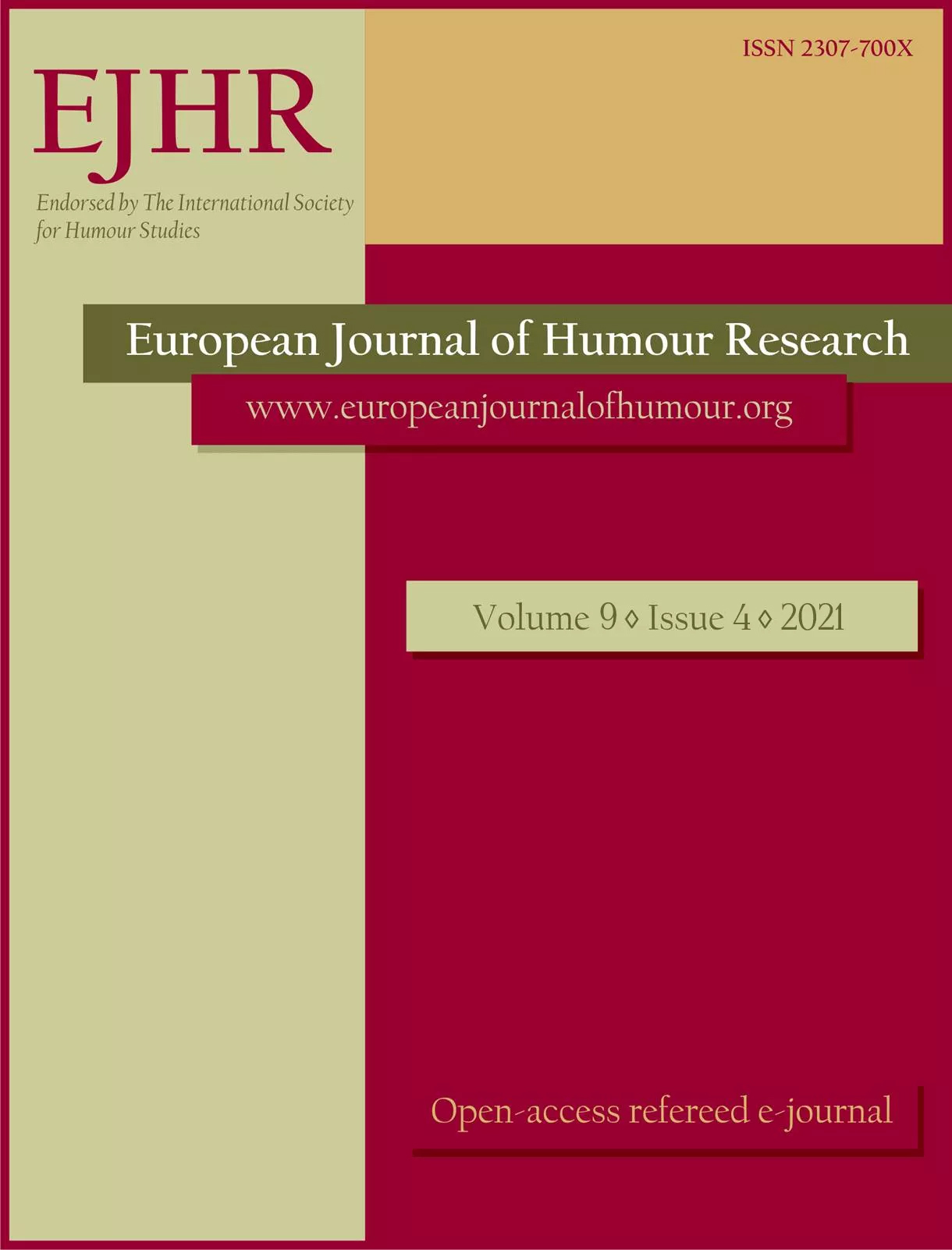
As Chinese people engaged with the Australian cultural scene in recent years, two posts about its humour attracted considerable attention from netizens in the People’s Republic of China. The post authors believed that their firsthand accounts of events demonstrated how Australians used humour to overcome awkward situations and regarded this as an essential national characteristic. In each case, other interpretations were possible if cultural factors had been taken into account, including the contemporary culture of China, Putonghua language usage and the Anglo-centrism that is common to cross-cultural studies. This exploratory generalist textual study concludes that the authors’ interpretations were largely determined by their cultural bias and by traditional regard for ‘face’ and politeness, and reflect the fact that, ultimately, the extent of cross-cultural communication is governed by international politics.
More...
‘Dame Edna Everage’, a persona originally created by the Australian comedian Barry Humphries in 1955, is a character designed to simultaneously shock and amuse. Dame Edna voices (and satirizes) the discourse of ‘average’, older, politically conservative Anglo- Australians who feel compelled to ‘tell it like it is’ – no matter how offensive their opinions might be. In the Anglosphere, Edna’s humour is well understood and sustained international success has followed Edna for more than 60 years in Britain, Canada, the US and Australia. However, Edna occasionally misfires. In 2003, for instance, Edna’s satire outraged Latinos across the USA, in fulfilment of Poe’s Law (Aikin, 2009). Simply put, Latinos assumed that Edna’s comments satirising negative mainstream attitudes towards them were expressive of Edna’s authentic racism. This paper investigates the Edna joke in the overall context of failed humour and then specifically for the offensiveness it generated amongst the Latino minority in the United States. It then tests whether this reaction was the result of a discursive frame specific to the US context, by conducting an exploratory study amongst a small sample of highly educated Australian bilingual Latin American immigrants and their adult children, to see whether they thought Edna’s joke was funny. These Australian individuals of Latin American heritage responded via an online questionnaire, and an analysis of their responses is presented here. The study’s main finding is that while these individuals generally demonstrated a high comedic literacy across both English and Spanish, including a prior awareness of Edna’s and Australian humour, they overall rejected the intention and humour of Edna’s joke. This paper asserts that, when it comes to humour, some transnational migrant speech community loyalties transcend other notions of identity and language competence.
More...
This article presents an ethnographic study of Bosnian humour during the siege of Sarajevo. The siege of Sarajevo, which followed the collapse of Yugoslavia, lasted four years. Despite the atrocities and war crimes committed against the residents of Sarajevo during this period, they are known for the spirit they demonstrated, and humour was a crucial element of this spirit. On the basis of two-month fieldwork in Sarajevo, I demonstrate how Bosnians employed humour to comment on this traumatic event, made sense of it, and coped with the experience. Although humour under extreme conditions is mainly viewed as a coping mechanism, by exploring the origins of Bosnian humour and stereotypes about Bosnians, I demonstrate that a notable humorous response to the traumatic events of the 1990s was more than a coping mechanism or just a response to this particular war. As I argue, a humorous attitude toward life in Bosnia belongs to people’s identity; it has developed historically as a response to the sufferings of a peripheral group in the region and, as a result, has become a cultural artifact belonging to Bosnians’ ethnic consciousness. In their attempt to preserve a sense of normalcy and restore dignity during the siege, Sarajevans continued to engage in their traditional humour, as doing otherwise would mean they had lost control over who they were.
More...
This commentary aims to take up the gauntlet thrown down by Dore (2019) with her article about multilingual humour in the Italian dubbed version of the series Modern Family. She suggested that the scenes included in the article could be analysed in other languages, so it was an interesting proposal to carry out the analysis of the Spanish dubbed version, since the L2 in the source text coincides with the target text language. Thus, this fact makes the translation process an arduous activity in these language combinations. Multilingualism is therefore considered the central element in this study. It is a reflection of the current social movement and the increase of multi-ethnic communities worldwide. This fact leads to citizens who use their knowledge to assert their own identity; as a consequence, audiovisual producers are also aware of this situation and exploit this phenomenon. Modern Family is an example of this reality and introduces characters, like Gloria Delgado-Pritchett, as a role model to show an increasingly common tendency, the use of multilingual and multi-ethnic characters that reflect this new social situation. Thanks to the selected examples, we will see whether the use of multilingualism as a source of humour is also transmitted to the Spanish dubbed version, as it did in the Italian dubbed version studied by the abovementioned scholar.
More...
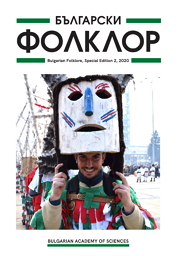
The article is a culturological and anthropological study of railway modeling in Bulgaria. The history, the social organization, and the cultural practices of the Bulgarian modelists are represented through the prism of their personal narratives and discourses shared in the public space. At the same time, railway modeling is conceptualized as a cultural microcosm with specific artistic “poetics”. The author also outlines some basic themes within the verbal and visual discourse: the aesthetics of the models, their technical precision, the image of the modelist as a creator, as well as the attitude towards Bulgarian railroads as cultural heritage.
More...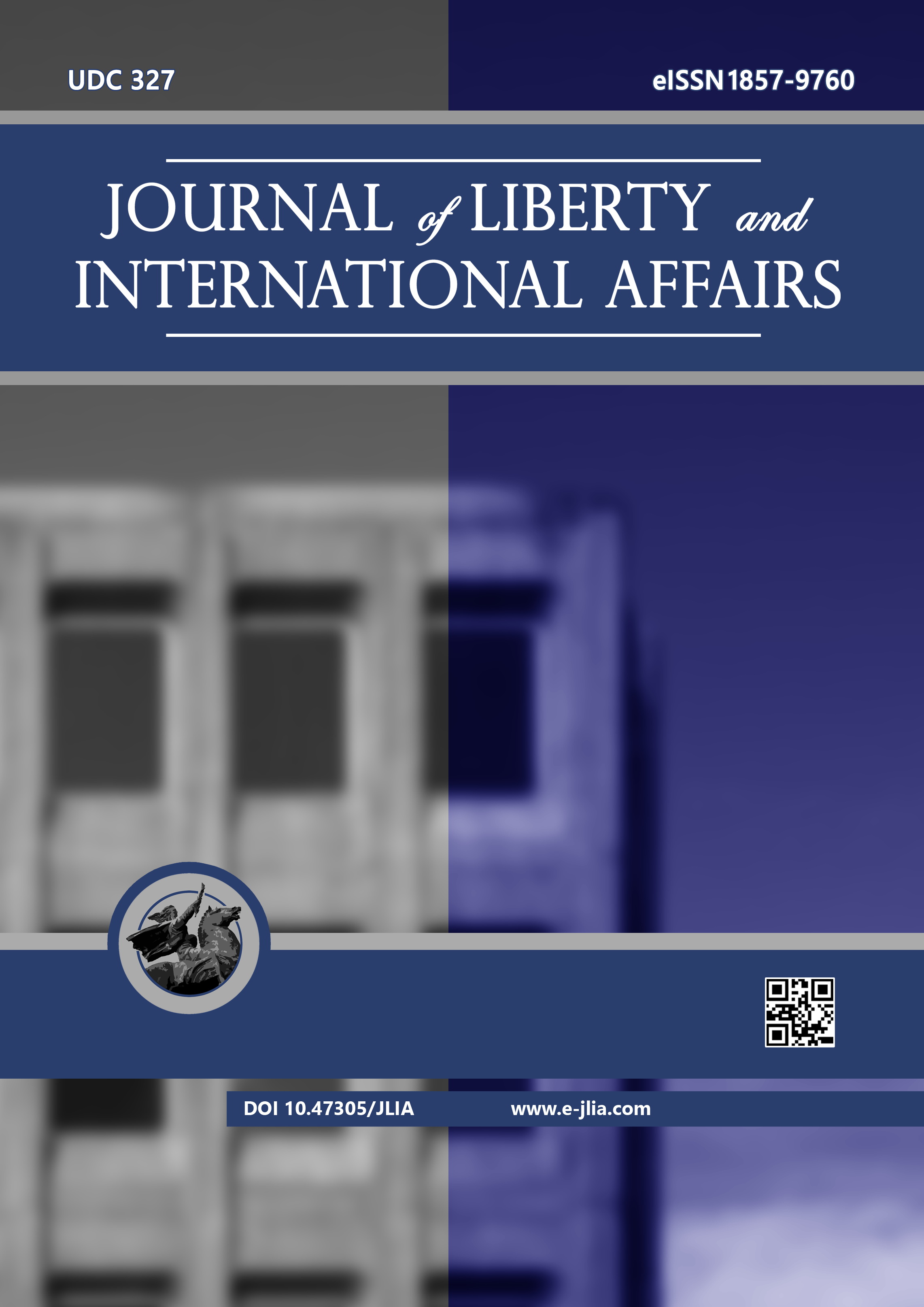
The purpose of this study is to investigate the factors such as access to finance, legal constraints, and entrepreneurial skill on women's participation in business activities. The mediating effects of self-leadership were also established as an influence on women's participation in business activities. Moreover, the study examined the moderating effect of education among self-leadership and participation of women in entrepreneurial activities. The study selected a quantitative method and structured questionnaire for the data collection. The study found a significant relationship of the effect of access to finance, legal constraints, and entrepreneurial skill with women's participation in entrepreneurial activities. Moreover, the study found a significant mediating effect of self-leadership between factors and women's participation in entrepreneurial activities as well as a significant moderating effect of education between self-leadership and participation of women in entrepreneurial activities. The study suggests that the government and other institutions should take the initiative in women's entrepreneurship that affects women's self-leadership skills. The policymakers should pay attention to the financial concerns of women in business activities.
More...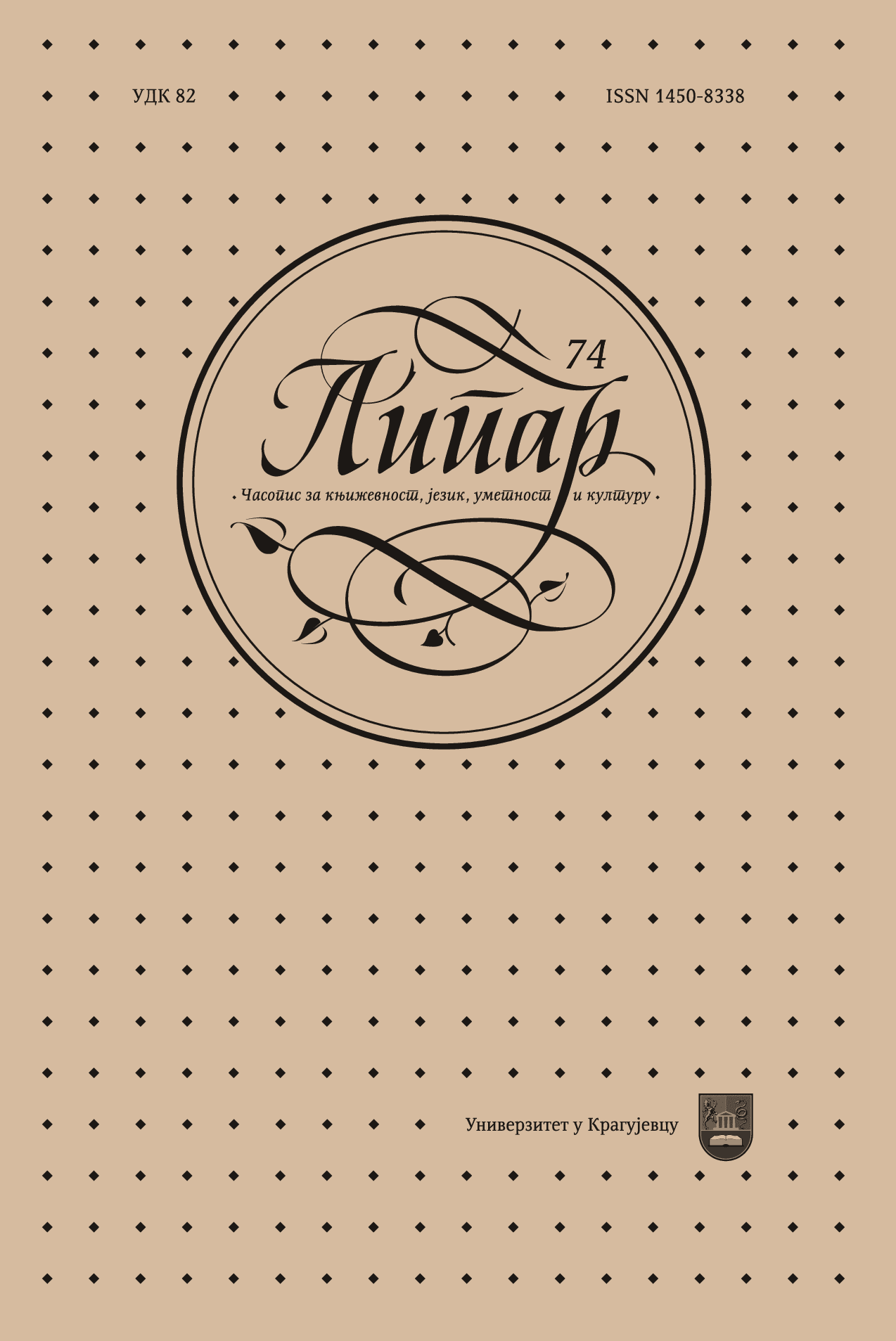
In this paper, the motif of wedding in the novel Nečista krv (Impure Blood), by Borisav Stanković is analysed from the viewpoint of erotological theory of George Bataille. The wedding is observed as a celebration resulting in psychoerotic release of the individual. The erotica manifested here has a key role in profiling two different cultures, the urban culture and the rural culture, personified in the Effendi Mita’s and Gazda Marko’s families. By comparing the urban and rural weddings, distinctive erotic features of the two cultures are perceived, as well as differences in character and aim of the celebration.
More...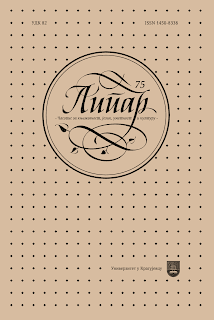
La place et le rôle de Paris et de Berlin en tant que capitales de deux pays importants de l’Europe, mais aussi en tant que capitales des événements culturels dans la première moitié du XXe siècle, et en particulier entre les deux guerres mon- diales, peuvent être étudiés sous différents aspects. Leur énergie créatrice et la forte influence culturelle qu’ils avaient sur le reste du monde sont incontestables, même avant et après cette période. Dans cet article, nous voudrions évoquer les éléments essentiels de leurs activités culturelles, comparer leurs actions culturelles et identi- fier ce qui les a rendus si attrayants pour d’autres pays. Vu les points de départ très différents dans nos relations avec ces pays, le but de cet article est d’analyser leur influence sur la situation culturelle de la Serbie en tant que partie du Royaume de Yougoslavie et plus particulièrement de sa capitale, Belgrade. Alors que la France était un allié traditionnel et un grand ami après la Première Guerre mondiale, l’attitude à l’égard de l’Allemagne a été sensiblement différente et alourdie par les conflits de guerre et les souffrances du peuple serbe. Il est possible de conclure que, dans la période donnée, l’influence culturelle de la France a été dominante, ce pays passant pour un ami à qui certaines omissions pouvaient être pardonnées, tandis que, d’autre part, l’Allemagne a été longtemps considérée avec suspicion, puis une plus grande confiance et une coopération se sont développées, pour être finalement remises en question à la veille d’une nouvelle guerre mondiale.
More...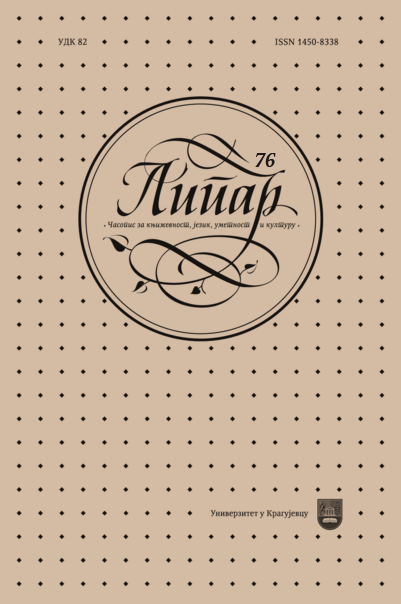
The goal of the analysis is to confirm the hypothesis that the elements of interculturalism and intercultural education influence the development of intercul- tural awareness and the formation of the overall personality of students in schools оf Novi Pazar. In a survey conducted in October of the school year 2020/21. 83 students participated in Novi Pazar primary and secondary schools (43 primary school stu- dents and 40 secondary school students). The research was conducted by surveying students of Novi Pazar schools, in which case the survey consisted of closed and open questions, and examined students’ attitudes about the concept of interculturality and intercultural education, where we by quantitatively-qualitative analysis confirm our initial hypotheses that interculturality and intercultural education affect the cultural awareness of students, their generation of attitudes, which lead to the development of the overall personality of students, their acceptance of cultural differences, anti- discriminatory behavior, tolerance and mutual dialogue.
More...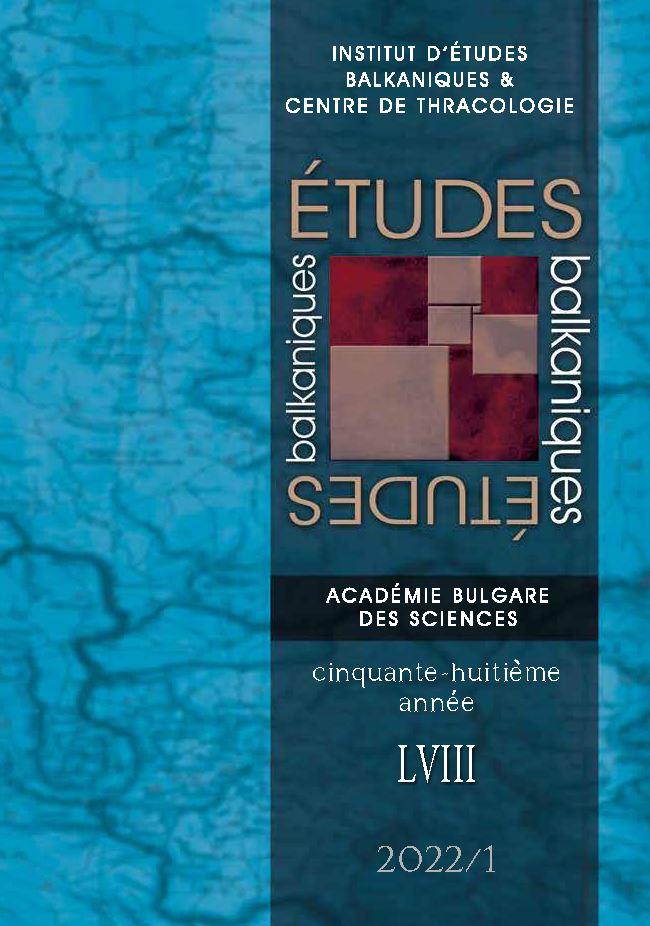
The article studies the connection between structuring of the Sofia urban space from the end of the 19th to the middle of the 20th century and esoteric communities in the capital (spiritualist, theosophical, anthroposophical, Rosicrucian, freemasonic, co-freemasonic, including some of the NRM). A “case study” of present districts of Krasno Selo, Pavlovo and Ovcha Kupel is made with historical and cultural studies approach. Both the processes of their emergence, settlement, planning, and the socio-cultural profile of their inhabitants, some of whom were associated with occult societies, are explored.
More...
The presentation addresses issues related to the construction of the socialist canon in the Bulgarian theatre on the basis of certain postulates and ideologemes that provoked the creation of new totalitarian mythologems (Jung, Kerényi). By its very nature, European totalitarianism of the 20th century did not tolerate gods other than those whom it had named itself. Rejecting the centuries-old faith in the Christian god, the system had to elevate its idols. Here the magic that art and artistic image possess was put into reconsideration. Totalitarian culture and art incorporated the powerful tradition of esoteric notions of image in order to create a new religion with new rituals that affect consciousness through the archetypal in a grand spectacle (Debord). In this theatre, the stage incarnations of totalitarian mythologems about the party leader, the positive hero, the youth, the masses, etc. became the main means of forming the type of socio-political thinking necessary for the power.
More...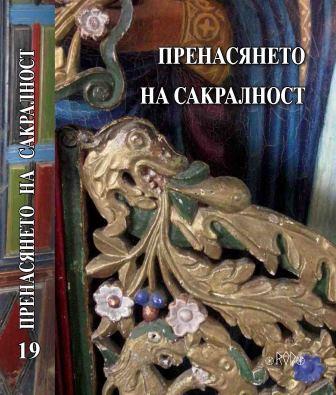
We consider the process of taming space, turning a profane place into a sacred one, mythologizing, overgrowing with legends and rituals on the example of objects in the southern Urals: Arkaim, the rock complex “Steppe Madonna”, makeyevskaya arbor, the island of Faith, etc. We distinguish three types of “sacralization” of space: political, commercial, and spontaneous. We note the commercial type of sacralization in Arkaim. The spontaneous type includes the sacralization of other listed objects. We note a tendency to hierotopical elements of the cultural landscape. It 45 reflects, first, the desire of modern man to understand the past, a protest against the Erasure of national identity, and secondly-an eclectic picture of the human world, including both elements of traditional religion and pagan components.
More...
Sitovo is one of the picturesque mountain villages, located on the northern Rhodope slopes. Its history, like the history of many other villages, gets lost back in time. This article presents part of our carried field surveys. Highlighted mainly are the holy sites and the Christian cults as part of the worshipping traditions of the local population. The necropolis of Sitovo is also presented as a specific element of the architecture of the settlement. The funeral practices, representing a significant element of the worldview of the local residents, are also dealt with. The information about them is scarce in the widely known literature.
More...
The study is an attempt to outline the mechanisms of memory and forgetting by narratives about displaced and destroyed villages Zhivovtsi and Kalimanitsa, to trace the rural history and individual life trajectories before and after creating the dam, to analyze ritual practices in the past and nowadays. Attention is paid to the processes sacralisation-desacralization-resacralization.
More...